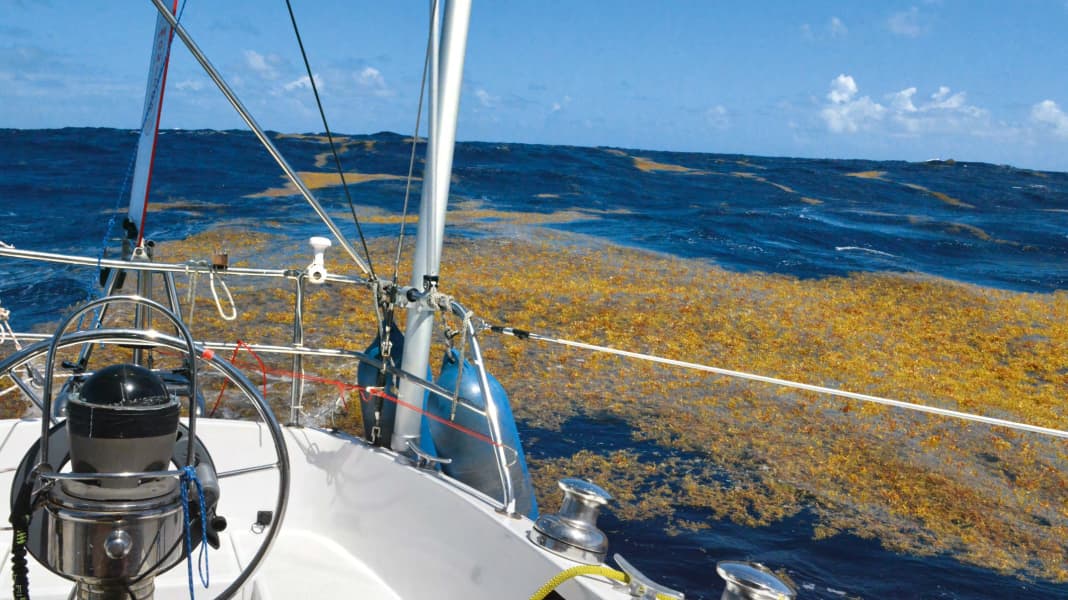
Seagrass has always existed on the oceans. However, it was rarely mentioned in the books of the old circumnavigators - the sightings were too insignificant for that. It is said that the name "Sargasso" of the brown algae species, which can develop clumps up to 300 metres long and serves as a natural habitat for small fish and bioorganisms, goes back to Christopher Columbus, who named the sea east of Florida where the algae first appeared after them. The Sargasso Sea lies on the edge of the warm Gulf Stream, which favours their growth.
People have always tried to utilise seaweed, for example as a filling in mattresses, food, biofuel, building material or even medicine. In the past twelve years since 2011, however, steady growth has been observed. Sargasso seaweed is also spreading further and further into the eastern Atlantic, washing up on the beaches of the Caribbean islands and causing increasing problems for local residents.
But the Sargasso grass could also become a problem for participants in The Ocean Race.
Seaweed mountains on Caribbean beaches
On the islands of Barbados, Trinidad and Tobago, but also in Belize and Guatemala, the grass that washes up on the beaches sometimes piles up into high mountains and can only be removed with heavy machinery. However, this requires enormous investments that many small island states, which live primarily from tourism on their white sandy beaches, cannot afford.
The cause of this enormous spread is assumed to be the rising water temperature on the one hand and the increased discharge of fertilisers into the oceans on the other. Peaks in brown algae growth were measured in 2018 and 2023, when yachts literally got stuck in the carpets on their way across the Atlantic.
The seaweed is also increasingly causing problems for fishing fleets, as their nets tear on the hard and heavy plants.
Information is now being collected on a new website to investigate the background to the spread and proliferation - but also as an aid to avoiding seaweed carpets when planning routes.
